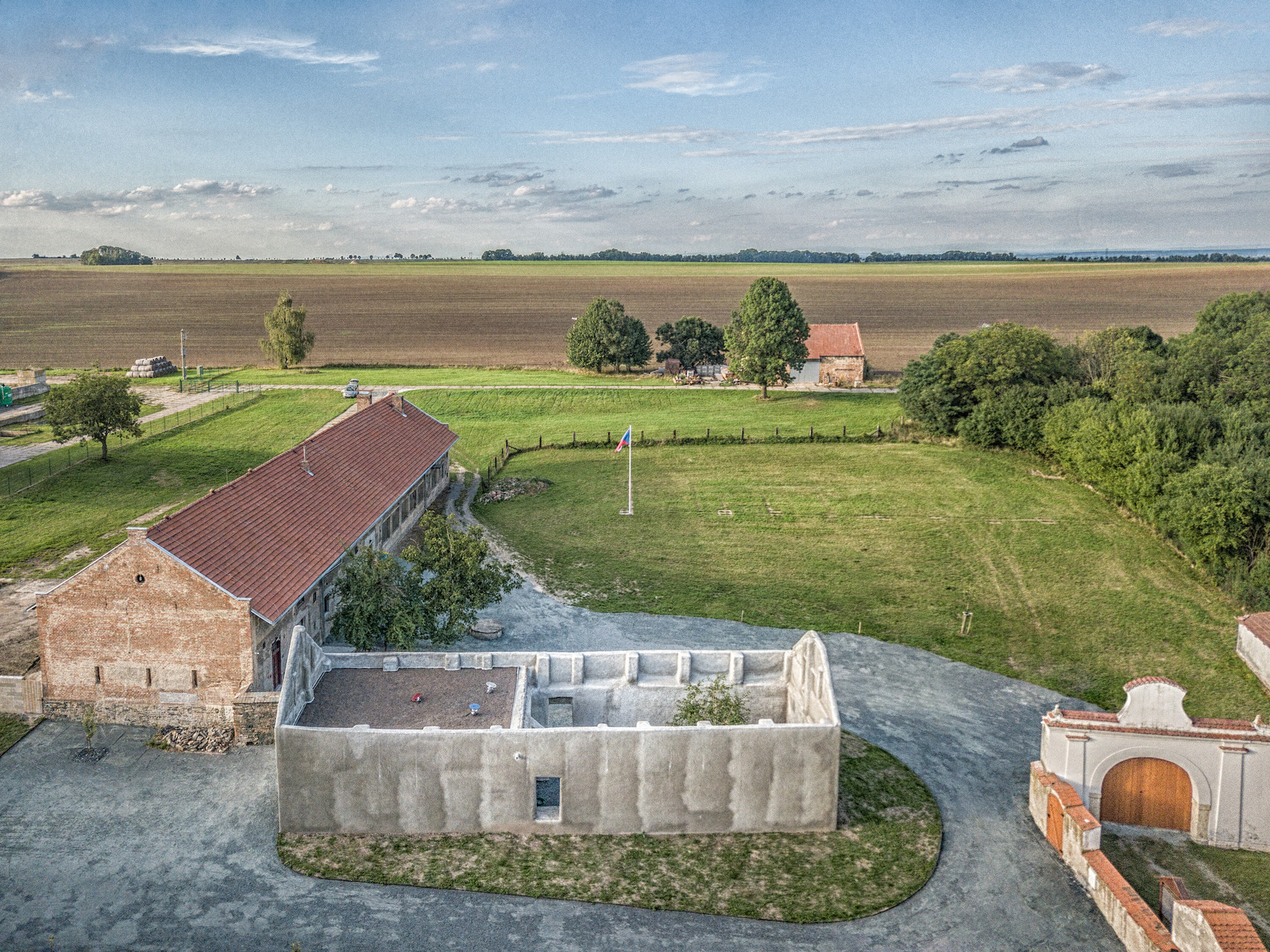Prague-based practice IXA has completed a heartfelt memorial to a celebrated Czech army general and underground resistance leader from the Second World War.
Photos
Benedikt Markel
In 2017, nearly 30 years after the fall of the communist regime, Zdeňka Mašínová regained her father‘s ancestral farm in Lošany, Czech Republic. In the same year, a society was established to create a publicly-accessible Three Resistance Movements Memorial in the house. The intention was and preserve the legacy of Major General Josef Mašín and his family, who made significant sacrifices in the struggle for their homeland, freedom, and democracy throughout the 20th century. Designed by IXA, the memorial is conceived as a place for preserving the history of not just the foundation and operation of the resistance movements, but also their context and integrity.
Mašín’s house had lost much of its original character, following reconfigurations over the years. The last traces of authenticity are vaulted masonry rooms on the ground floor – now preserved and concealed under a potective shell of sprayed concrete. Other parts of the building fabric, such as non-original windows and doors, roof, and beamed ceiling, have been removed. To quote artist Rachel Whiteread, the process can be described as the mummification of the base structure, whose interiors can be entered and traversed.
The text from a letter in which Mašín bids farewell to his wife and children has been recreated in two opposing recesses of the entrance hall. Capturing a moment of love, pain, and determination, underpinned by the knowledge of impending doom, it shows a man who experienced two resistance movements, and whose legacy gave rise to another. In the second room, a trio of sun tunnels located on the vaulted ceiling symbolises the three resistance movements. The last space, with no roof, is a place for reflection. A mulberry tree grows here as a symbol of the Mašín family, representing freedom and hope which gradually goes beyond the memorial‘s horizon.
The farm building, rebuilt into a stable in 1904, and later used as a tractor station for the local collective farm, is the site of an exhibition dedicated to the history of the farm, the Mašín family, and the three Czechoslovak resistance movements. A granary on the upper floor is only accessible for special events, and like the stable and hayloft in another part of the building, will be subject to reconstruction. The farm’s large courtyard remains empty, ready to accommodate larger groups of visitors or serve as a backdrop for ceremonial and social events.
Additional Images
Source: Architecture Today





